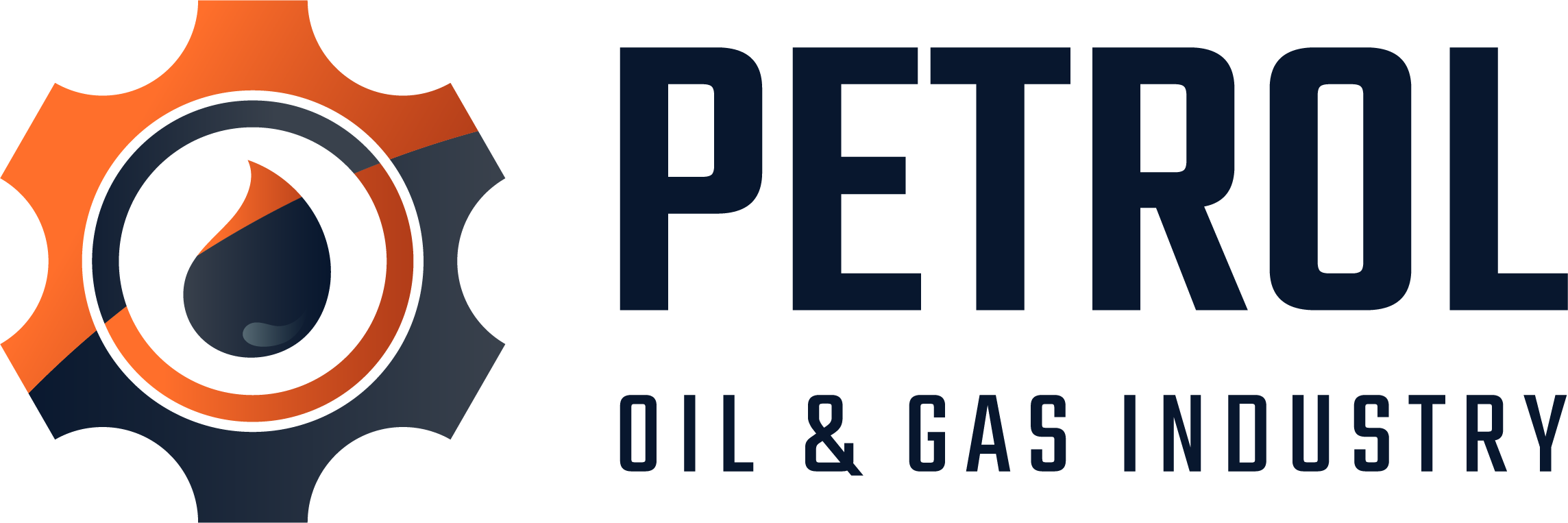
How Investment Casting Reduces Machining Costs
At Uni Deritend, innovation meets efficiency. Our advanced investment casting reduces machining costs by producing near-net-shape components that require minimal finishing—helping manufacturers save time, reduce material loss, and achieve superior dimensional accuracy with every production cycle.
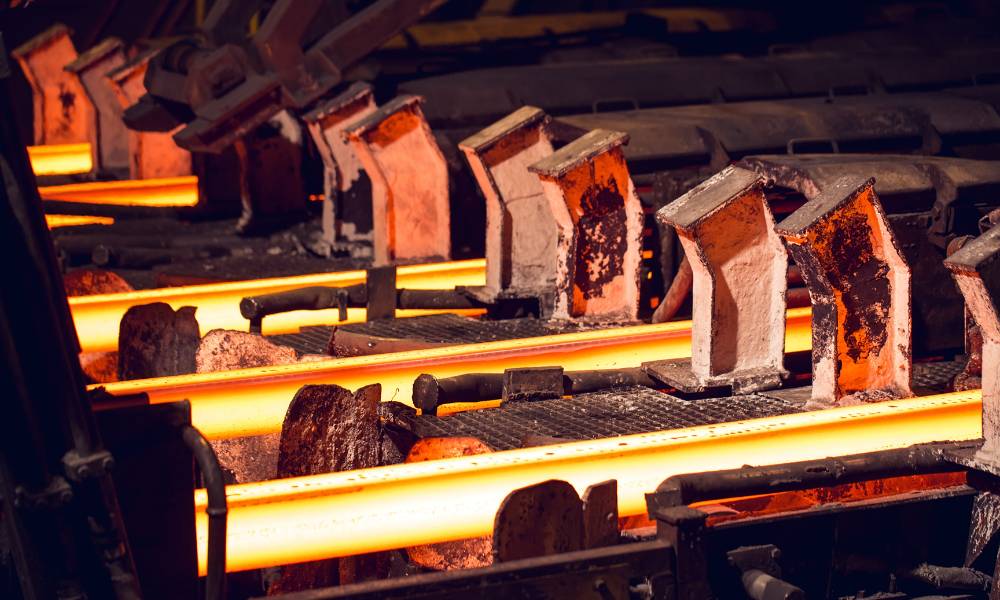
Why Uni Deritend’s Precision Casting Process Minimizes Waste, Saves Time, and Maximizes Value
The Traditional Challenge – Machining Costs in Manufacturing
Machining plays a vital role in achieving final dimensions, but excessive machining can inflate production costs and lead times. Conventional metal removal methods generate significant material waste—up to 60% of the raw billet in complex geometries. Investment casting transforms this equation by casting components closer to their final net or near-net shape, fundamentally demonstrating that investment casting reduces machining costs.
This approach drastically reduces the amount of material that needs to be cut, ground, and milled , inherently proving that investment casting reduces machining costs by minimizing material waste and labor hours. By shifting the focus from subtraction (machining) to precise addition (casting), we optimize the entire production chain. The core benefit of using investment casting for complex parts is clear: investment casting reduces machining costs and accelerates the path to the finished component.
The Investment Casting Advantage
Investment casting, also known as lost-wax casting, allows engineers to replicate intricate designs with tight tolerances. By achieving near-net-shape components, this process directly minimizes dependence on expensive and time-consuming secondary machining, making it clear that investment casting reduces machining costs. This inherent precision improves component quality while fundamentally reshaping the manufacturing economics of complex parts.
By eliminating multiple post-casting processes, the inherent capabilities of this technique confirm that investment casting reduces machining costs significantly compared to traditional methods. Embracing this approach is the key to achieving both design complexity and superior cost-efficiency, proving time and again that investment casting reduces machining costs.
Key Advantages:
- Near-Net Shape: Achieve final dimensions directly from mold
- Reduced Machining Time: Fewer steps from casting to assembly
- Lower Tool Wear: Minimizes machine strain and tool replacement
- Less Waste: Only 5–10% material removal needed
At Uni Deritend, our foundry combines simulation, automation, and metallurgical precision to ensure every cast is accurate enough to skip unnecessary machining.
Have Any Questions?
Connect with our experts for quick, reliable answers.
Recent Posts

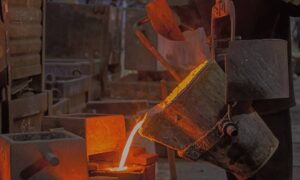
How Uni Deritend Optimizes Machining Reduction
Uni Deritend’s engineering process is built to minimize machining without compromising quality.
- Design for Manufacturability (DFM): We collaborate with clients early in the design stage to develop geometries suited for investment casting, not machining—reducing unnecessary cuts and edges.
- Simulation-Driven Casting: Advanced simulation predicts metal flow, shrinkage, and cooling behavior, ensuring dimensional stability that matches machining-grade accuracy.
- Near-Net Shape Casting: Our wax patterns replicate finished component geometry to ±0.2 mm tolerance, eliminating multiple machining stages.
- Precision Machining Integration: For critical tolerance zones, we integrate CNC finishing in-house—blending foundry precision with machining efficiency.
Investment Casting vs. CNC Machining – Cost Comparison
Parameter | Investment Casting | Traditional CNC Machining |
Material Utilization | 90–95% | 40–50% |
Cycle Time | 1 step (casting) | 5–6 operations |
Surface Finish (Ra) | 1.6–3.2 µm | 1.6–0.8 µm |
Setup Cost | Medium | High |
Overall Cost Efficiency | 30–50% savings | — |
By combining foundry precision with digital machining integration, Uni Deritend helps global manufacturers save thousands in per-part machining time and cost.
When Machining Is Still Needed
Certain features like threaded holes, fine bores, or precise mating surfaces still require final machining.
However, investment casting ensures that these zones are the only ones machined, not the entire component.
This selective machining approach maximizes production efficiency while ensuring the performance reliability expected by industries like aerospace, defense, and oil & gas.
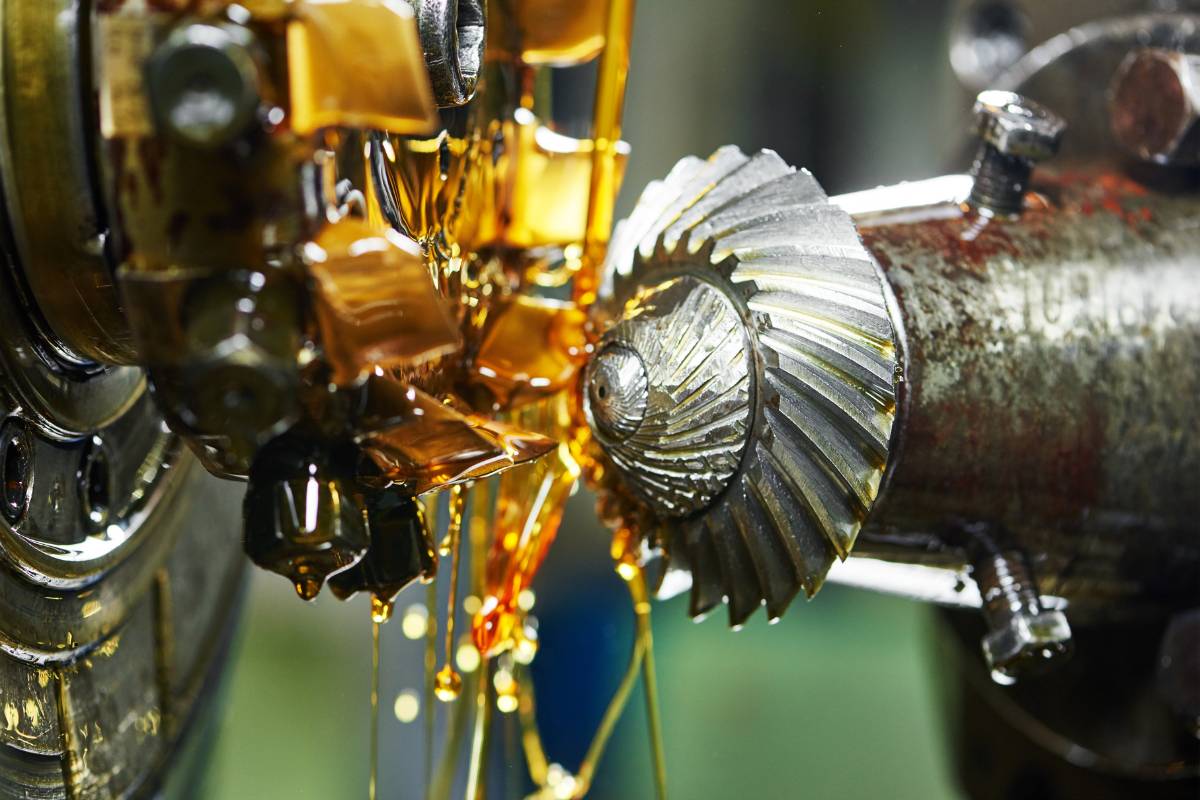
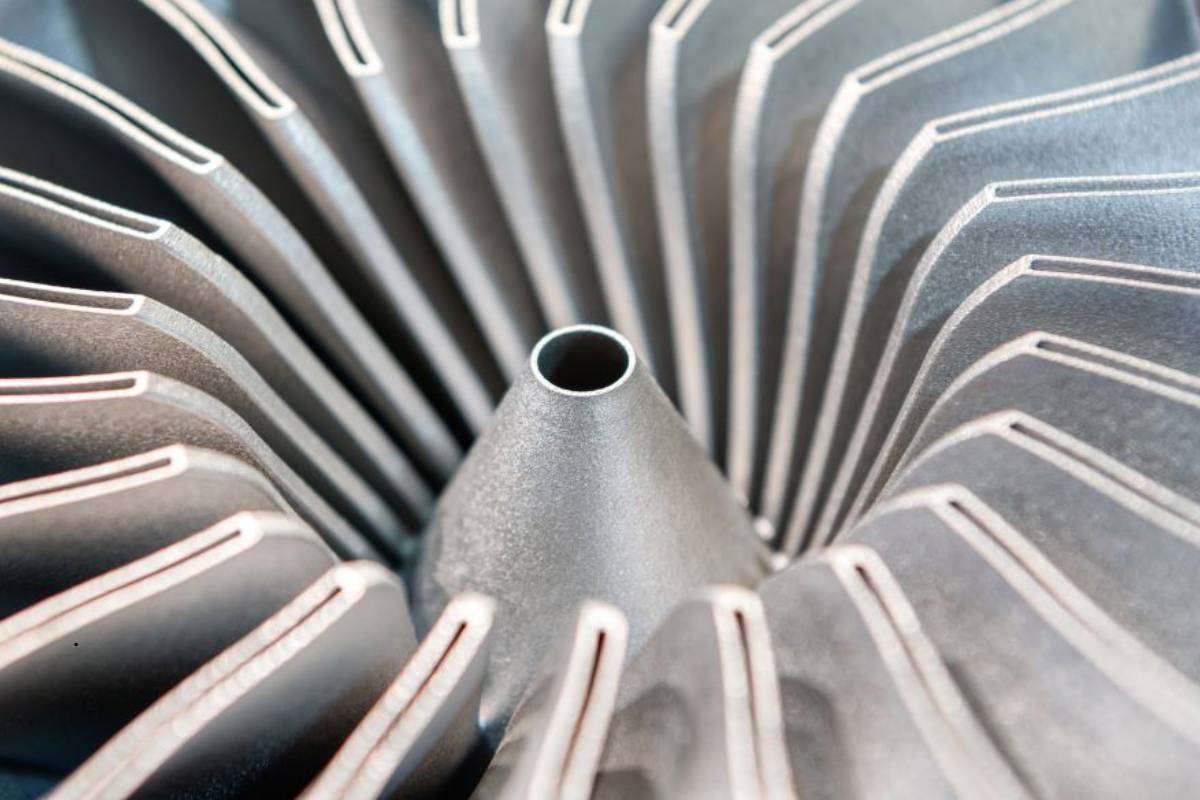
Industries Benefiting from Reduced Machining Costs
Investment casting plays a crucial cost-saving role in high-precision sectors such as:
- Aerospace: Engine brackets, turbine blades
- Automotive: Turbocharger housings, gearbox parts
- Oil & Gas: Valve components, impellers
- Defense: Weapon system housings, actuator bodies
- Industrial Equipment: Pump casings, manifolds
By minimizing post-processing, Uni Deritend ensures components are ready-to-assemble straight out of the foundry.
Sustainability Through Reduced Machining
Fewer machining operations mean lower power consumption, less coolant usage, and minimal waste generation.
Uni Deritend’s sustainable manufacturing philosophy not only saves money but also supports our clients’ ESG goals.
Each reduced machining cycle prevents unnecessary carbon output while improving material yield—a perfect alignment of eco-efficiency and cost reduction.
FAQ
Frequently Asked Questions
Frequently Asked Question on How Does Investment Casting Reduce Machining Costs
Investment casting produces near-net-shape components with minimal machining needed, reducing tool usage, energy consumption, and material waste during manufacturing.
It’s a casting process that creates parts very close to their final dimensions, minimizing post-machining and improving material utilization efficiency.
Up to 60% machining reduction depending on design complexity, part geometry, and tolerance requirements.
Not entirely—investment casting minimizes machining but retains it for finishing high-precision features such as threads or bores.
Aerospace, automotive, defense, and oil & gas sectors benefit from precision castings that require little or no machining.
We combine metallurgical control, design simulation, and CNC finishing to deliver precise, low-machining investment castings at scale.
Partner with Uni Deritend – Founded in 1977, redefining manufacturing economics through investment castings that cut machining costs, improve efficiency, and deliver unmatched precision.

